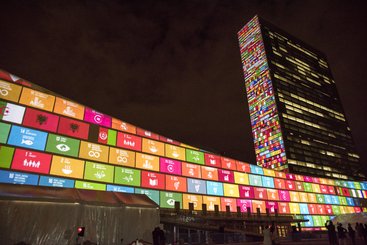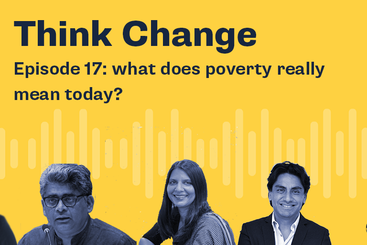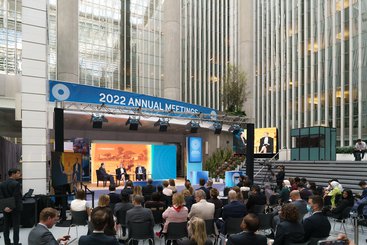For the first time in decades the number of people around the world living in poverty is going up, not down, bucking a long-term trend of poverty reduction that many thought irreversible. The Covid-19 pandemic has played a large part in this. Earlier this year, Oxfam GB found that the first two years of the pandemic saw over 160 million more people forced into poverty.
The first global epidemic in a century upended health and education systems, labour markets, trade, and many other aspects of most societies around the world. But we know the pandemic’s effects aren’t being felt equally: women, racial and ethnic minorities, refugees, and those with weak employment protections and without adequate access to affordable quality healthcare have been hardest hit, in rich and poor countries alike. Meanwhile, the pandemic was the making of many of the world’s mega-rich as billionaire wealth skyrocketed.
The pandemic has challenged many of our preconceived notions about what it means to be poor, what it means to be healthy, and what it means to have proper social protection and anti-poverty programmes in place. Such a momentous event forces us to reconsider what it means to be poor in the 21st century. In doing so, we must also ask what it means to be rich, wealthy and secure. Is this about income, or rather about access to basic social services and rights? Is poverty an absolute concept or a relative one? Do we need to revise how we perceive, measure and fight poverty?
Beyond income: the multidimensional measures of poverty
For decades, global poverty figures have focused on income flows. The World Bank one-dollar-a-day measure (now updated to USD 2.15) has been central in the monitoring of poverty trends and in the designing of anti-poverty policies. More recently, there have been many efforts to define and measure poverty in a multidimensional way – recognising that low income is just one element of destitution, alongside education and health, for instance.
The larger, more complex shocks and crises the world faces today are forcing us to adjust our understanding of what it means to be poor and what it means to fight poverty. Low income, however defined, is a limited indicator. A portfolio of different types of capital and assets is a better predictor of people’s ability to cope with shocks, expand their choices and options and protect their current and future livelihoods.
This includes the usual understanding of capital as a stock of financial holdings, but should also include other types of capital, such as education, networks and political voice, digital literacy and access to new technology. Wealthier people are not usually those only with larger incomes, but also those with a larger stock of tangible and intangible assets.
If poverty is not about flows of income in a given period, but rather about the accumulation, depreciation and use of different types of capital, then poverty reduction strategies and policies should reflect these new understandings. Rather than a focus on income, we will have to look at the beneficiaries of asset accumulation and find ways to address inequalities in the ability to accumulate, create, mobilise and deploy assets.
Rethinking policy design for an anti-poverty strategy
Programmes that support people in accumulating savings and improving education and political participation have been common, but not always as part of a comprehensive, long-term anti-poverty strategy. Anti-poverty strategies have focused on cash transfers and other types of income and employment support. These actions are needed but not sufficient.
Business as usual, it seems, won’t work: what we need is a multidimensional asset-based approach to monitoring and fighting poverty (and inequality). There is increasing recognition that other measures of wellbeing need to be considered alongside growth in contributing to welfare, and that these measures do not necessarily flow from economic transformation.
In education, while touted as a ‘golden goose’ of development, infrastructure expansion is at times negatively associated with improvements in learning outcomes. Further, increased foreign aid and debt relief are not necessarily determinant factors in education progress. Instead, emphasis on quality and the inclusion of marginalised children was found to make a real difference to ensuring nobody is left behind.
For sustained poverty reduction, social protection systems can provide much-needed safety nets, while adjustments to health, education or other services can also improve living standards for the poorest. Efforts like the BRAC graduation progamme have focused on the transfer of productive assets accompanied by other types of skillset development, with encouraging results. The long-term outcome of escaping the trap of poverty resulting from this programme is linked to asset accumulation and use.
The Covid-19 pandemic and concomitant economic shocks around the world have shown how vulnerable vast numbers of people still are, even though the world is wealthier than ever before. It is time to rethink how we understand and measure poverty beyond flows, to start focusing on the different tangible and intangible assets that people and communities possess, and to begin designing policies so that vulnerable groups can start accumulating and using these assets in a productive way.



